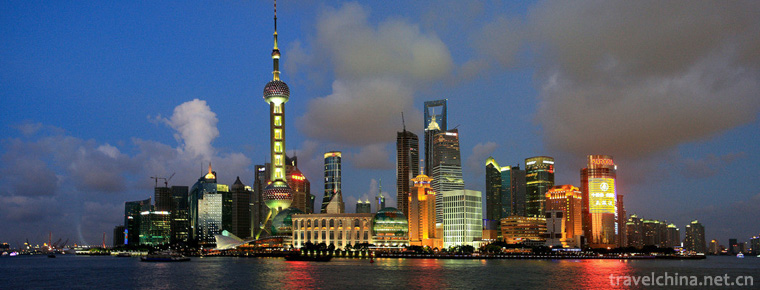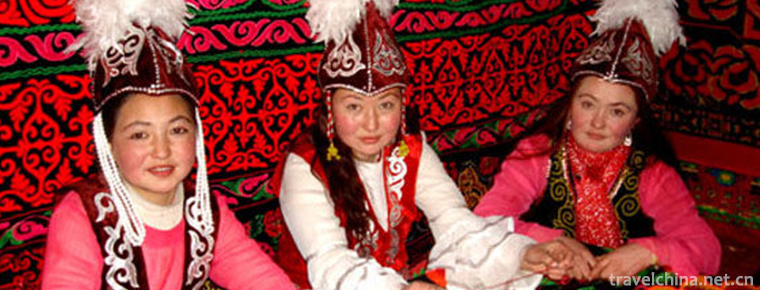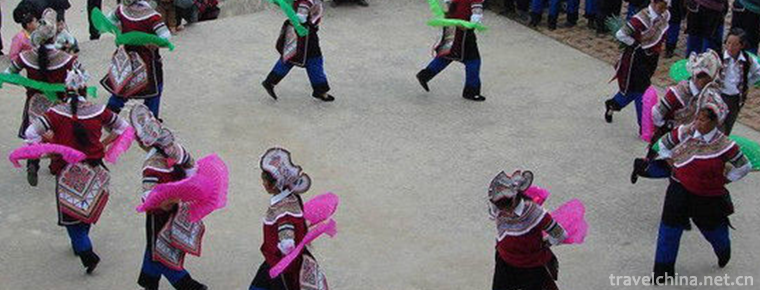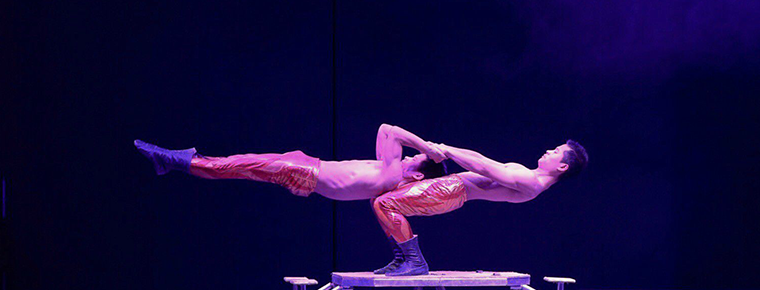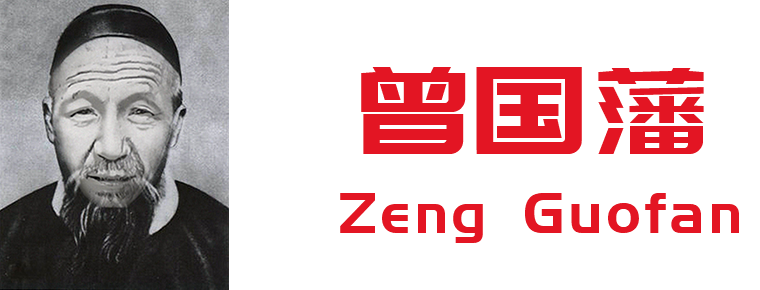The First Bay Scenic Area of the Yangtze River
The First Bay Scenic Area of the Yangtze River
The first bay of the Yangtze River (the first bend of the Yangtze River and the first bay of the Wanli Yangtze River): located between Shigu Town of Lijiang City in the northwest of Yunnan Province and Shasongbi Village in the south of Shangri-La County, with an elevation of 1850 meters, 130 kilometers away from Shangri County Town, there is a direct road. Legend has it that during the Three Kingdoms Period, Zhuge Liang tranquilized Nanzhong and crossed Luzhou in May. In 1253, Kublai Khan "crossed the river in leather bags".
Wanli Yangtze River rushes down from the "roof of the world" - Qinghai-Tibet Plateau. Batang County Town enters Yunnan. Along with Lancang River and Nujiang River, it travels in the mountains and valleys of Hengduan Mountains, forming a magnificent landscape of "three rivers running side by side". When we arrived at Shasongbi village in Shangri-La County, we suddenly made a sharp turn of more than 100 degrees and turned to the northeast, forming a rare "V" shaped bend. "When the river flows here, it turns into a reversal and runs into the grand spectacle of the Central Plains." People call this wonder "the first bay of the Yangtze River".
Distinction: The first bend of Jinsha River (different location and affairs).
Scenic spot
1. Shangri-La
2. Tiger Leaping Gorge
3. Songzanlin Temple
Note: The first bay of the Yangtze River (the first bend of the Yangtze River and the first bay of the Wanli Yangtze River) is different from the first bend of the Jinsha River (the location and affairs are different).
Tour strategy
From Lijiang City, the passenger terminal can take a bus directly to Shigu Town. Lijiang is 45 kilometers away from Shigu, about 2 hours'drive. Tourists take the county bus to Shigu Town at a fare of 15 yuan per person. It can also be chartered, but the price is negotiable. Visiting the First Bay of the Yangtze River and Shigu, you can take a special tour bus in front of the bus stops and main hotels in Lijiang City. You can choose the combination of Tiger Leaping Gorge and this scenic spot for sightseeing.
The best tourist season is autumn, followed by summer. Autumn is cool, the climate is pleasant, cool chat in hot summer, is also very pleasant, Lijiang spring flowers blooming, winter sunshine is sufficient, is a good choice, warm winter and cool summer, all seasons are appropriate.
Traffic information
Self-service travelers can only charter a bus and take a county bus to Shigu Town at Lijiang Passenger Terminal or Xinjie Long-distance Bus Ticket Booking Station at a fare of 10 yuan per person. Tickets for the First Bay of the Yangtze River (Shigu Town) are 5 yuan, Tiehongqiao is 1 yuan, Shigu is 2 yuan, and the Red Army crosses the river monument is 2 yuan.
Shigu Town is on the hill beside the First Bay of the Yangtze River. The mountain behind Shigu Town is also the best place to see the First Bay of the Yangtze River. In addition, Shigu is an important transportation route for tourism in Lijiang. Dawn, dawn, Judian and Tacheng can be reached to the north, Laojunshan scenic spot can be reached to the west, and Tiger Leaping Gorge can be reached along the Jinsha River.











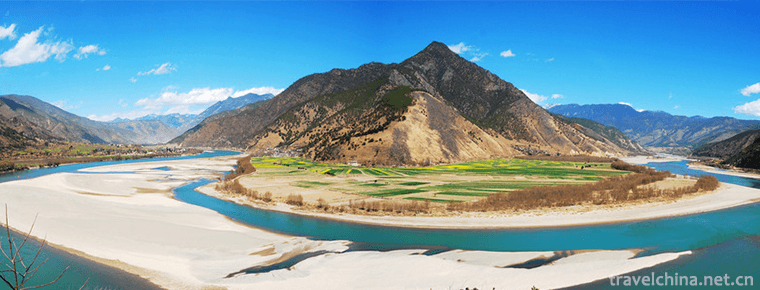
-
Lujiazui
Lujiazui is located on the Huangpu River in Pudong New Area, Shanghai.
Views: 173 Time 2018-10-12 -
Traditional archery
The traditional bow is an ancient invention consisting of three parts: wood, horn and tendon. The manufacturing process is complex and the materials used are various, and the workmanship and material .
Views: 152 Time 2019-04-19 -
Engraving Printing Skills
Engraving printing technology, Yangzhou City, Jiangsu Province, local traditional handicraft, one of the national intangible cultural heritage..
Views: 393 Time 2019-04-27 -
Kirgiz embroidery
Kirgiz embroidery is a traditional embroidery in Wensu County, Xinjiang Uygur Autonomous Region, China. Kirgiz women are good at embroidery. They embroider various delicate patterns on headscarves, pi.
Views: 279 Time 2019-05-09 -
Music dance
Musical dance is popular on the South Bank of the Red River, so it is also known as "Jiangwai" Yi dance. The Yi language is called "Zai Bi", which means jumping up in pairs. .
Views: 289 Time 2019-05-11 -
suzhou pingtan
Suzhou Pingtan is the general name of Suzhou Pingtan and Suzhou Pingtan Ci. It is a traditional form of opera and opera that uses Wu dialect to speak and perform freely. It came into being and became .
Views: 72 Time 2019-06-17 -
Wuqiao acrobatics
Wuqiao acrobatics is a traditional folk acrobatics art in Hebei Province. Referring to the "acrobatics town" people are often referred to as Wuqiao County, Cangzhou City, Hebei Province. Acc.
Views: 120 Time 2019-06-29 -
Xinjiang Uygur Mukam Art
Xinjiang Uygur Mukam Art is a large-scale integrated classical music art form which integrates singing, dancing and music. It is the general name of "Twelve Mukam" and "Daolang Mukam&qu.
Views: 126 Time 2019-07-06 -
Zeng Guofan
Zeng Guofan (November 26, 1811 - March 12, 1872) was born in Zicheng. Zeng Zi The seventy generation sun. Modern Chinese statesman, strategist, rationalist and writer, founder and commander of Xiang a.
Views: 169 Time 2019-09-07 -
Zhaojue Temple
Zhaojue temple, located 5 kilometers north of Chengdu, is known as "the first Zen forest in Western Sichuan". It was changed into a Buddhist temple in the Tang Dynasty (627-649) and named Jianyuan temple..
Views: 120 Time 2020-10-18 -
Thousand Buddha Cliffside Sculptures
Qianfo cliff, located 4 kilometers north of Guangyuan City, on the East Bank of Jialing River and on the ancient Shu Road of Jinniu, has a long history and exquisite carving skills. The grottoes began in the late Northern Wei Dynasty, flourished in the Tang Dynasty and ended in the Qing Dynasty. After thousands of years.
Views: 340 Time 2020-11-08 -
Nanchong social security
In 2019, there were 145900 urban "minimum living allowance" workers in Nanchong, 17500 less than that in 2018; 562400 rural "subsistence allowances", an increase of 20900 over 2018; and the per capita subsidies for urban and rural minimum living allowances .
Views: 347 Time 2020-12-17
